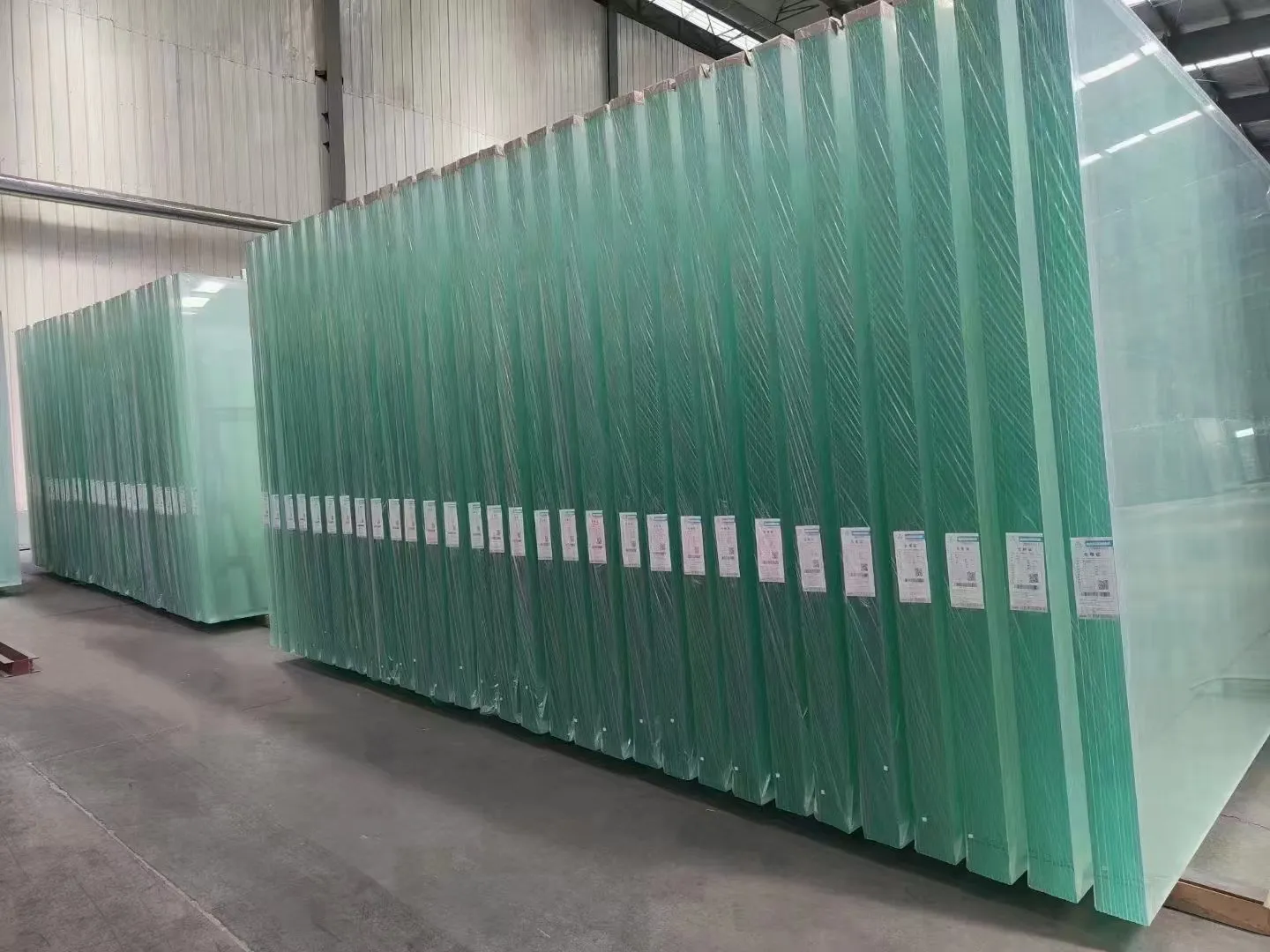Understanding Tempered Glass Properties, Benefits, and Applications
Tempered glass, also known as toughened glass, is a type of safety glass that has been processed to enhance its strength and thermal resistance. This innovative material has become increasingly popular in various industries due to its unique properties, which offer numerous benefits compared to regular glass.
What is Tempered Glass?
Tempered glass is produced through a process of extreme heating and rapid cooling. The glass is initially heated to temperatures between 600 to 650 degrees Celsius (1112 to 1202 degrees Fahrenheit) and then cooled quickly in a controlled manner. This process alters the structure of the glass, creating compressive stresses on the surface and tensile stresses inside the glass. As a result, tempered glass is significantly stronger than standard glass, being able to withstand impacts and thermal stresses.
Properties of Tempered Glass
One of the most notable properties of tempered glass is its strength. It can endure substantial impact and pressure, making it an ideal choice for various applications where safety and durability are paramount. Moreover, tempered glass is five to six times stronger than the same thickness of annealed glass. This strength allows it to resist breakage under stress and reduces the risk of shattering.
In addition to its strength, tempered glass boasts excellent thermal resistance. It can withstand sudden changes in temperature without cracking, making it suitable for environments that experience extreme temperature variations. For instance, tempered glass is often used in oven doors, shower enclosures, and glass facades.
Another crucial feature of tempered glass is its safety profile. In the event of breakage, tempered glass shatters into small, blunt pieces rather than sharp shards, reducing the risk of injury. This safety characteristic is why tempered glass is required by law in certain situations, such as in car windows, glass doors, and partitions.
tempered glass def
Benefits of Tempered Glass
The benefits of tempered glass extend beyond safety and strength. Its versatility allows it to be used in a wide range of applications, from residential and commercial buildings to automotive and aerospace industries. In architectural applications, tempered glass can enhance aesthetics while providing structural integrity and safety. It is often used in large glass panels, glass railings, and skylights, contributing to modern and visually appealing designs.
Moreover, tempered glass offers excellent optical clarity, making it an attractive choice for windows and display cases. Its smooth surface also makes it easy to clean, accommodating environments that prioritize hygiene, such as hospitals and restaurants.
Another advantage is its resistance to weather and UV radiation. Unlike some materials, tempered glass does not fade or deteriorate over time when exposed to sunlight, maintaining its appearance and functionality for years. This durability makes it a cost-effective option in the long term.
Applications of Tempered Glass
Tempered glass is widely used in various sectors. In residential settings, it is found in shower doors, table tops, and windows. In commercial spaces, it is commonly used in storefront windows, office partitions, and facades. The automotive industry leverages tempered glass for side and rear windows, ensuring structural integrity and passenger safety. Additionally, in the aerospace sector, tempered glass is utilized for its strength and resistance to temperature extremes.
In conclusion, tempered glass is an exceptional material that combines safety, durability, and aesthetic appeal. Through its unique manufacturing process, it provides significant advantages over traditional glass, leading to its widespread use in different applications. As building codes and consumer preferences evolve toward safer and more efficient materials, the popularity of tempered glass is likely to continue growing in the years to come.
 Afrikaans
Afrikaans  Albanian
Albanian  Amharic
Amharic  Arabic
Arabic  Armenian
Armenian  Azerbaijani
Azerbaijani  Basque
Basque  Belarusian
Belarusian  Bengali
Bengali  Bosnian
Bosnian  Bulgarian
Bulgarian  Catalan
Catalan  Cebuano
Cebuano  Corsican
Corsican  Croatian
Croatian  Czech
Czech  Danish
Danish  Dutch
Dutch  English
English  Esperanto
Esperanto  Estonian
Estonian  Finnish
Finnish  French
French  Frisian
Frisian  Galician
Galician  Georgian
Georgian  German
German  Greek
Greek  Gujarati
Gujarati  Haitian Creole
Haitian Creole  hausa
hausa  hawaiian
hawaiian  Hebrew
Hebrew  Hindi
Hindi  Miao
Miao  Hungarian
Hungarian  Icelandic
Icelandic  igbo
igbo  Indonesian
Indonesian  irish
irish  Italian
Italian  Japanese
Japanese  Javanese
Javanese  Kannada
Kannada  kazakh
kazakh  Khmer
Khmer  Rwandese
Rwandese  Korean
Korean  Kurdish
Kurdish  Kyrgyz
Kyrgyz  Lao
Lao  Latin
Latin  Latvian
Latvian  Lithuanian
Lithuanian  Luxembourgish
Luxembourgish  Macedonian
Macedonian  Malgashi
Malgashi  Malay
Malay  Malayalam
Malayalam  Maltese
Maltese  Maori
Maori  Marathi
Marathi  Mongolian
Mongolian  Myanmar
Myanmar  Nepali
Nepali  Norwegian
Norwegian  Norwegian
Norwegian  Occitan
Occitan  Pashto
Pashto  Persian
Persian  Polish
Polish  Portuguese
Portuguese  Punjabi
Punjabi  Romanian
Romanian  Russian
Russian  Samoan
Samoan  Scottish Gaelic
Scottish Gaelic  Serbian
Serbian  Sesotho
Sesotho  Shona
Shona  Sindhi
Sindhi  Sinhala
Sinhala  Slovak
Slovak  Slovenian
Slovenian  Somali
Somali  Spanish
Spanish  Sundanese
Sundanese  Swahili
Swahili  Swedish
Swedish  Tagalog
Tagalog  Tajik
Tajik  Tamil
Tamil  Tatar
Tatar  Telugu
Telugu  Thai
Thai  Turkish
Turkish  Turkmen
Turkmen  Ukrainian
Ukrainian  Urdu
Urdu  Uighur
Uighur  Uzbek
Uzbek  Vietnamese
Vietnamese  Welsh
Welsh  Bantu
Bantu  Yiddish
Yiddish  Yoruba
Yoruba  Zulu
Zulu 

